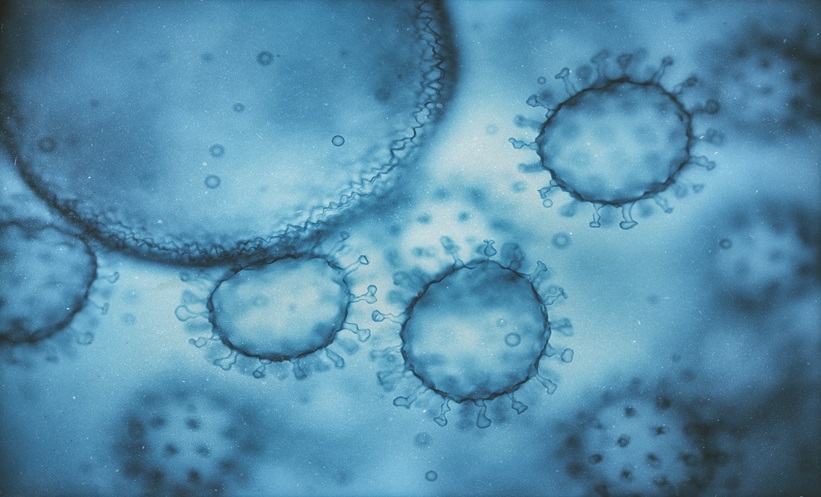BACKGROUND
Antiphospholipid syndrome (APS) is a systemic autoimmune condition characterised by the presence of antiphospholipid antibodies (aPL) associated with vascular thrombosis (TAPS) or pregnancy complications (OAPS). The authors, as well as other works, have described a different profile of aPL (including criteria and non-criteria) positivity between both clinical phenotypes.1,2 Moreover, monocytes cultured with aPL from patients with OAPS or TAPS showed different gene and protein expression.3,4 All these data eventually suggest pathogenic mechanisms specific to OAPS and different from TAPS.
OBJECTIVES
The authors aimed to observe whether epigenetic marks in monocytes from patients with OAPS and TAPS account for differential gene expression.
METHODS
In this study, the authors investigated how aPL triggers distinct cellular signalling pathways by examining epigenetic and inflammatory markers in flow cytometry-sorted monocytes from nine patients with OAPS and nine patients with TAPS, and compared them to monocytes from eight healthy females. The immune profile of circulating cells from both groups was determined by multicolour flow cytometry.
RESULTS
Monocytes from patients with OAPS and TAPS presented an epigenetic signature characterised by 21 histone modifications that was modified after aPL stimulation. The authors observed that aPL treatment reduced the levels of H3K9ac and H3K4me3, epigenetic marks in the promoter regions associated with gene transcription. Two specific histone modifications, H3K27ac and H3K27me3, characteristic of enhancer regions of genes, were less abundant in patients with OAPS at baseline compared with healthy females and patients with TAPS. aPL stimulation induced a reduction of these two modifications in patients with TAPS. These findings are associated with higher basal levels of granulocyte–macrophage colony-stimulating factor (GMCSF) in monocytes of patients with OAPS and an increase of GMSCF in aPL-treated TAPS monocytes. Finally, the authors immunophenotyped circulating cells from three groups of individuals and found a differential phenotype in monocytes from patients with OAPS, with a tendency to express more tissue factor at the baseline.
CONCLUSION
OAPS and TAPS presented differences in histone modifications, indicating different chromatin regulation. This affected inflammatory and myelocytic gene transcription. These data could provide insights into the molecular and cellular mechanisms underlying OAPS and potential specific biomarkers or therapeutic targets.







